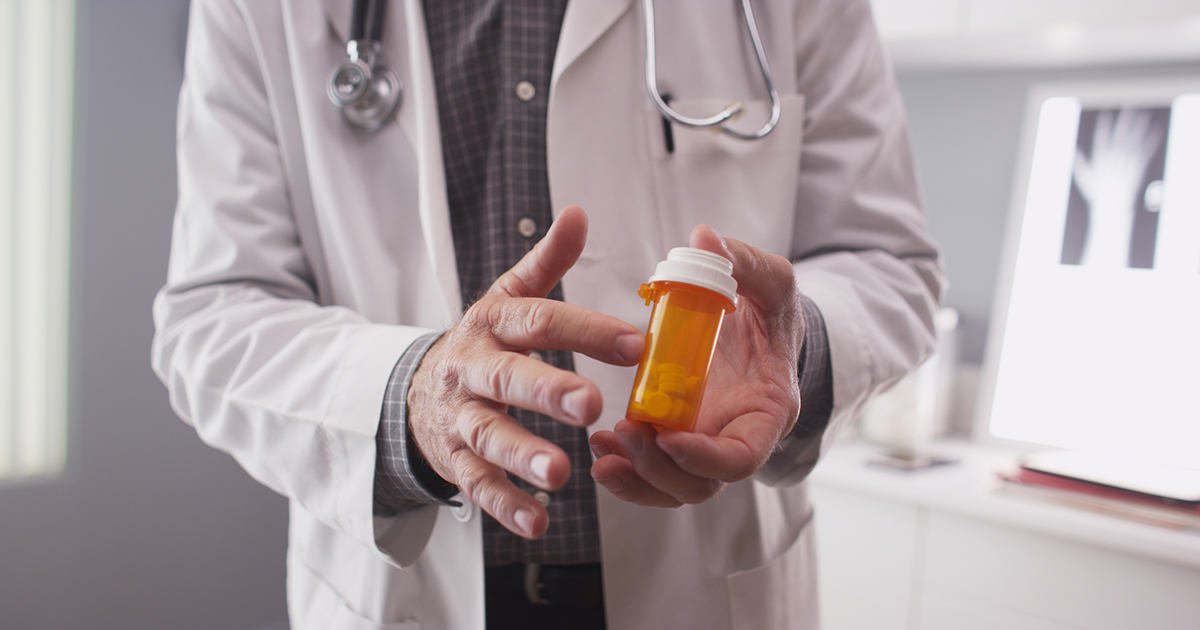How To Treat Endometriosis
Do your periods leave you in bed all day writhing in pain? It is normal to experience cramping with a menstrual cycle, but if you experience debilitating pain, you may have endometriosis. Endometriosis is a gynecological disorder in which tissue that normally grows inside the uterus will begin to grow outside of it. This tissue can grow on the ovaries, fallopian tubes, or even the intestines. Endometriosis can cause a significant amount of pain when left untreated. Some of the common symptoms of the condition include painful, irregular, or abnormally heavy menstruation; pain in the lower abdomen, back, rectum, or vagina; painful intercourse; gastrointestinal problems; and infertility. While endometriosis can be a challenging condition to endure, there are treatment options available to provide relief.
Hormone Therapy

Hormone therapy has been shown to slow the growth of existing endometrial tissue and prevent new growths from forming. Hormone therapy should not be considered a permanent solution for endometriosis but may serve to resolve symptoms temporarily. Some examples of this type of therapy include birth control in many forms such as pills, patches, or a ring. Contraceptive implants, such as an intrauterine device, or contraceptive injections may be used to stop the menstrual cycle. A different type of hormonal therapy is a gonadotropin-releasing hormone agonist and antagonist, which will ultimately lower estrogen levels and stop menstruation. Another medicine used to reduce excess estrogen is an aromatase inhibitor, which is typically used alongside a hormonal contraceptive.
Continue reading to learn how pain medication can help endometriosis.
Pain Medication

A hallmark symptom of endometriosis is abnormally strong cramps with every menstrual cycle. Painful menstrual cramps can be debilitating at times and leave the sufferer desperate for relief. Women living with endometriosis may also experience lower back pain accompanying their menstrual cycles. Over-the-counter nonsteroidal anti-inflammatory drugs (NSAIDs), such as ibuprofen and naproxen sodium, may be tried to aid in the relief of painful menstrual cramps. Unless otherwise directed by your doctor, these medications should only be taken as directed on the bottle. If you discover taking over-the-counter pain medication does not alleviate your pain, discuss other pain relief options.
Continue reading to learn when surgery may be an option for treating endometriosis.
